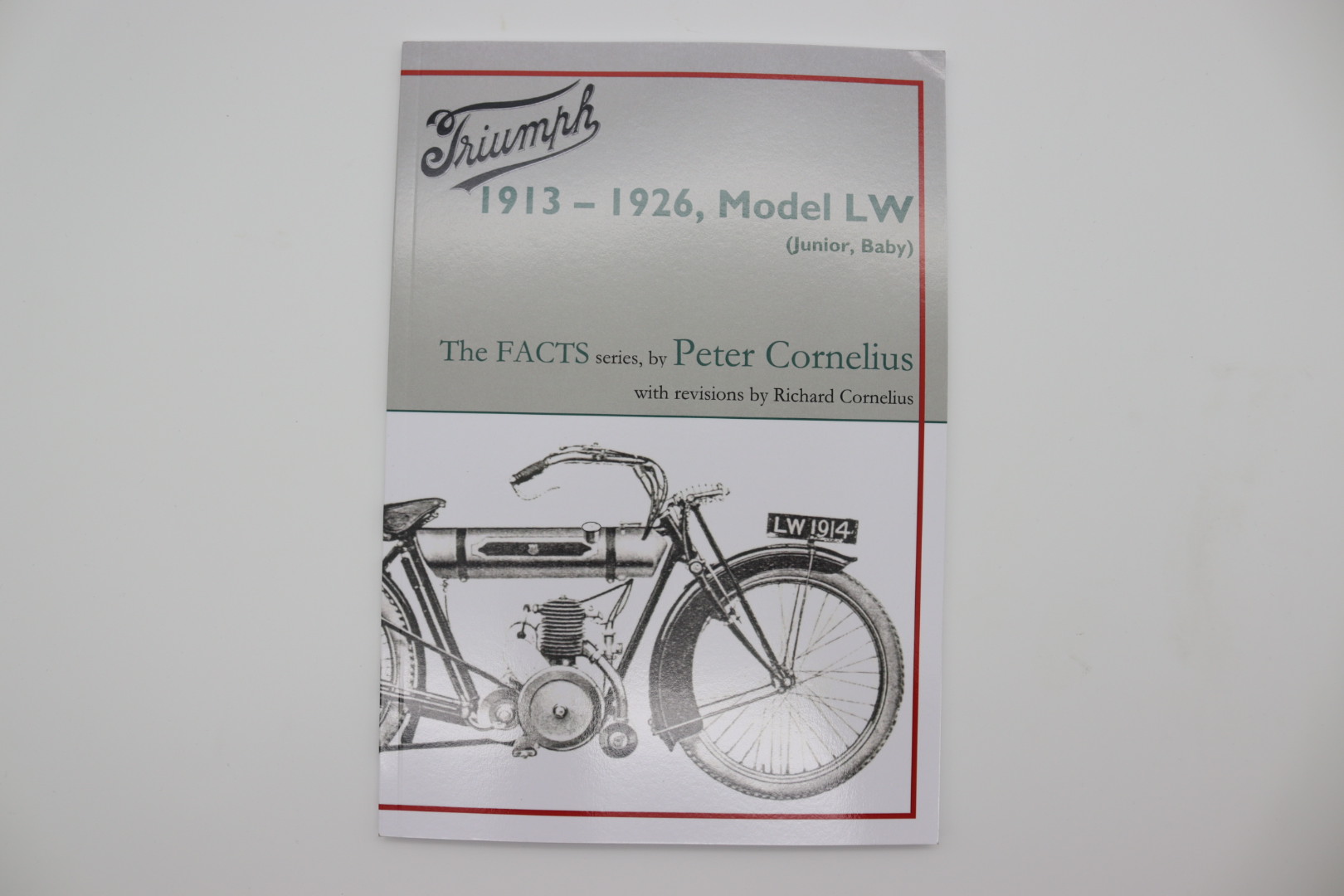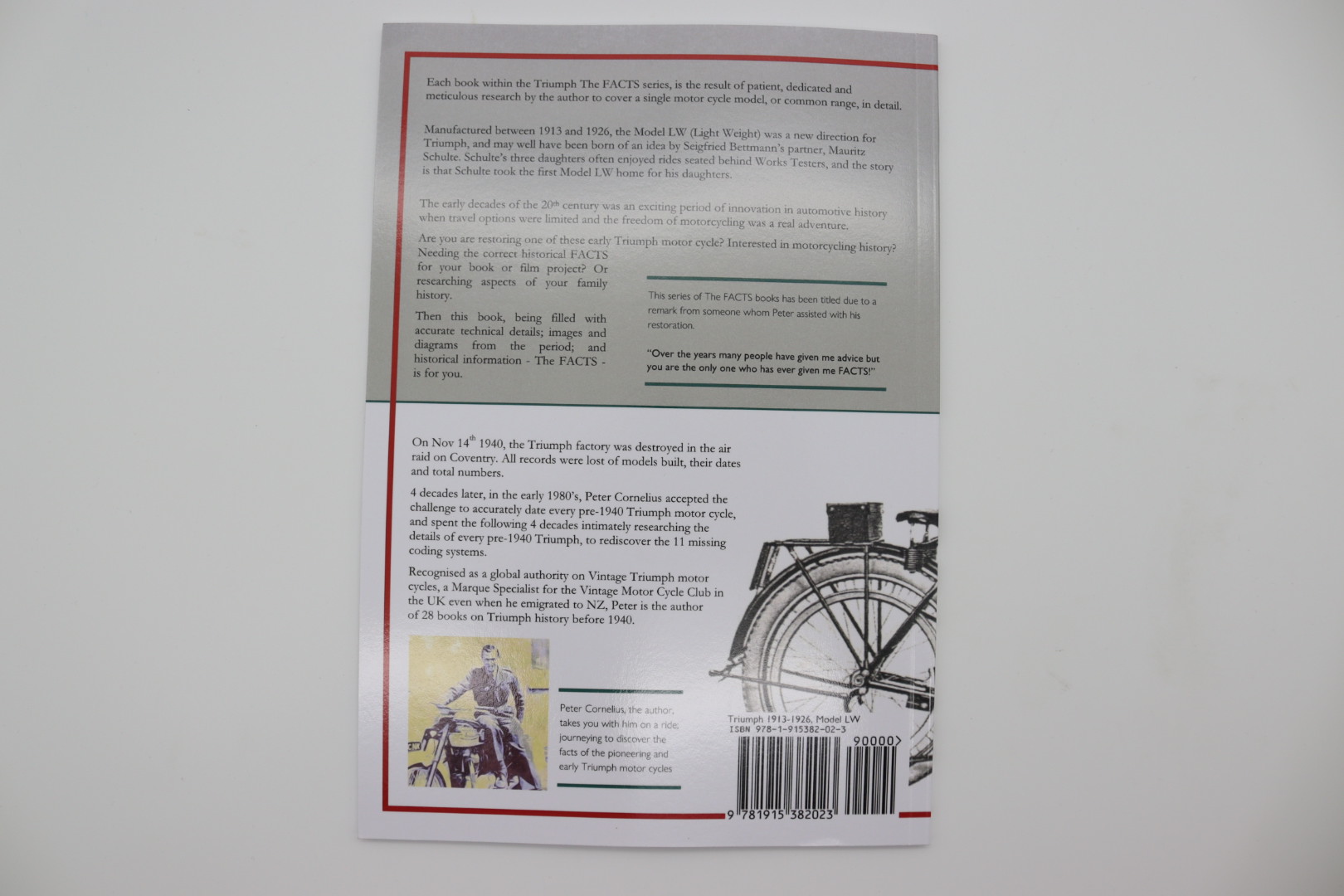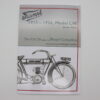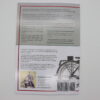The Model LW (Junior, Baby)
The bike with the longest fuel pipe and shortest HT lead!
Manufactured between 1913 and 1926, the Model LW – Light Weight – was a new direction for Triumph and may well have been born of an idea by Seigfried Bettmann's partner, Mauritz Schulte. Schulte's three daughters often enjoyed rides seated behind Works Testers, and the story is that Schulte took the first Model LW home for his daughters.
Certainly a departure from Triumph's previous 3½ and 4hp 4-stroke models the Model LW opened up a potential new market for those who were either unable to cope with the larger models, or those models were simply of greater capacity and capability than required by certain individuals . Those who quickly took to the new machine included schoolboys with monied parents (the minimum age at that time for obtaining a motor cycle license was 14), Ministers of Religion (for visiting distant parishioners), and District Nurses; who needed to be delivered swiftly to where they were going to do their own deliveries! Older riders also took to it when they found that their larger machines were becoming just too much of a handful, and I think that the Model LW is an ideal mount for such seniors today.
Quite quickly the LW became known as the 'Junior' and was nicknamed the Baby, for it was the smallest of Triumph's range.
While many manufacturers used proprietary Villiers, Dalm, Dayton, Peco or Bingham and Fowler 2-stroke engines Triumph's was apparently of their own design and different in many respects. It proved to be very reliable right from the start and was so easy to start that it didn't require a kickstart but could simply be 'paddled off' while seated on the low saddle
The early decades of the 20th century was an exciting period of innovation in automotive history when travel options were limited and the freedom of motorcycling was a real adventure.
Are you restoring one of these early Triumph motor cycle?
Interested in motorcycle history?
Needing the correct historical FACTS for your book or film project?
Or researching aspects of your family history.
Then this book, being filled with accurate technical details; images and diagrams from the period; and historical information – The FACTS – is for you.
Each book within the Triumph The FACTS series, is the result of patient, dedicated and meticulous research by the author to cover a single motor cycle model, or common range, in detail.
This series of The FACTS books has been titled due to a remark from someone whom Peter assisted with his restoration.
“Over the years many people have given me advice but you are the only one who has ever given me FACTS!”
On Nov 14th 1940, the Triumph factory was destroyed in the air raid on Coventry. All records were lost of models built, their dates and total numbers.
4 decades later, in the early 1980's, Peter Cornelius accepted the challenge to accurately date every pre-1940 Triumph motor cycle, and spent the following 4 decades intimately researching the details of every pre-1940 Triumph, to rediscover the 11 missing coding systems.
Recognized as a global authority on Vintage Triumph motor cycles, a Marque Specialist for the Vintage Motor Cycle Club in the UK even when he emigrated to NZ, Peter is the author of 28 books on Triumph history before 1940.




